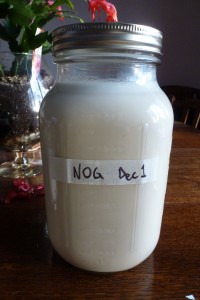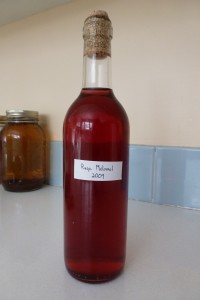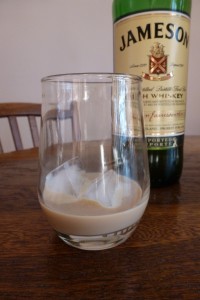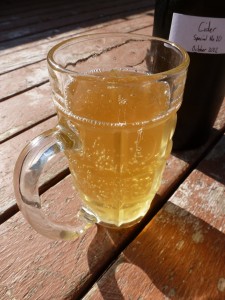As mentioned in the Intro, the primary job of a brewer is to create a fermentable liquid called wort. This involves converting some of the complex starches found in grain to simple sugars, then extracting those sugars into a solution so that yeast can metabolize them and create alcohol, carbon dioxide, and a number of other aromatic and flavourful compounds.
This post is about making wort. It includes info on water, barley, malt, grinding, mashing, lautering, and sparging.
Water. Water is important. Beer is, after all, mostly water. So are we. Historically the water source at a brewery informed the style of beer that they made. Places with alkaline water found that using acidic, heavily roasted malts … Continue reading.


 I know I already posted today, but I wanted to quickly tell you about some cutting-edge developments in the composition and aging of the 2012
I know I already posted today, but I wanted to quickly tell you about some cutting-edge developments in the composition and aging of the 2012 

